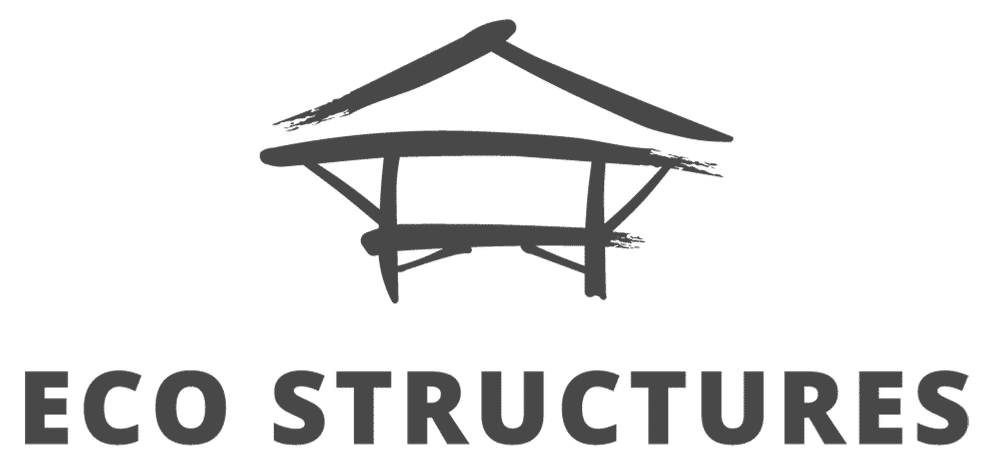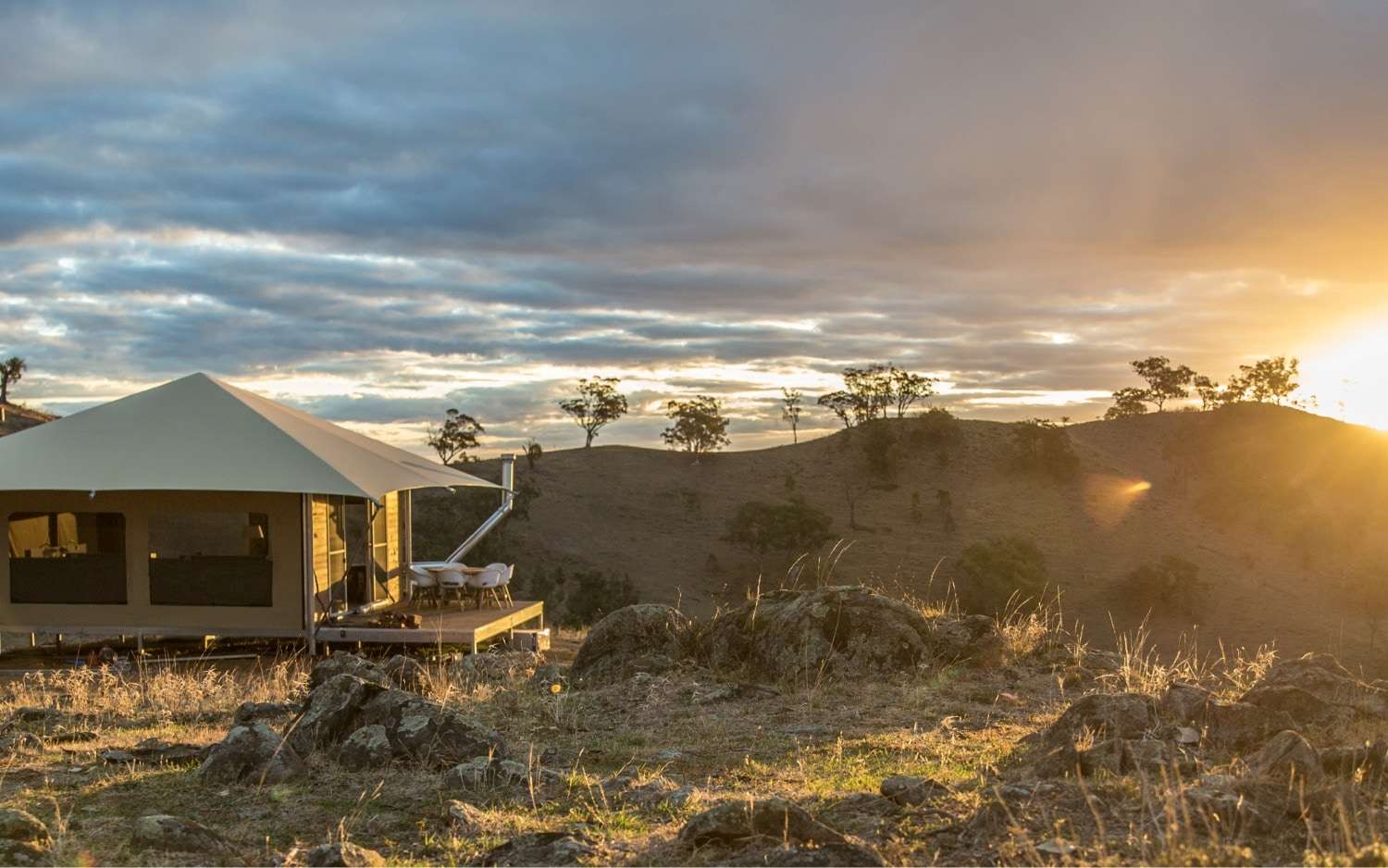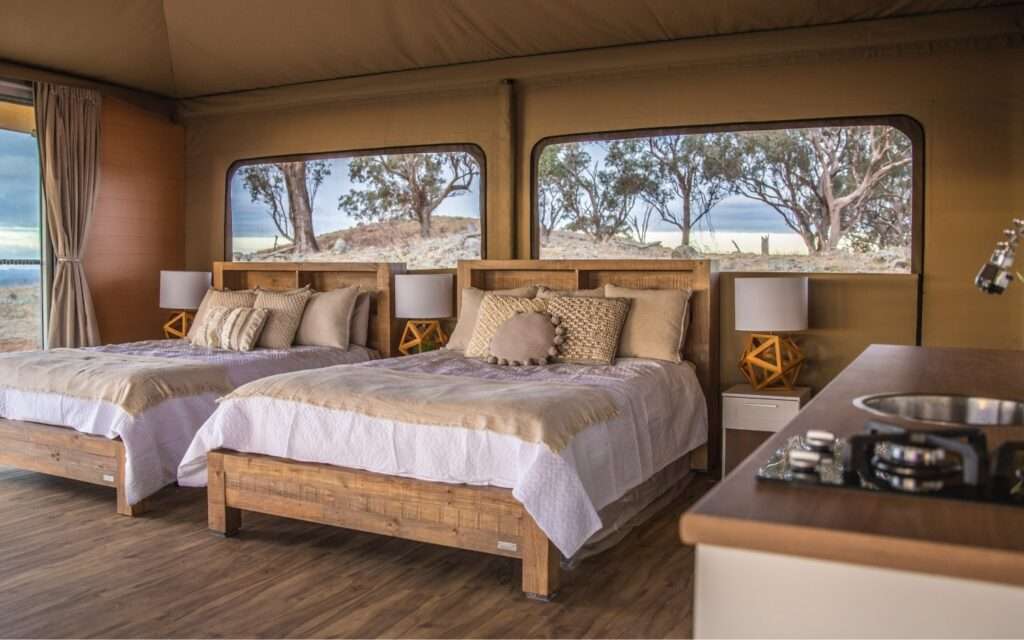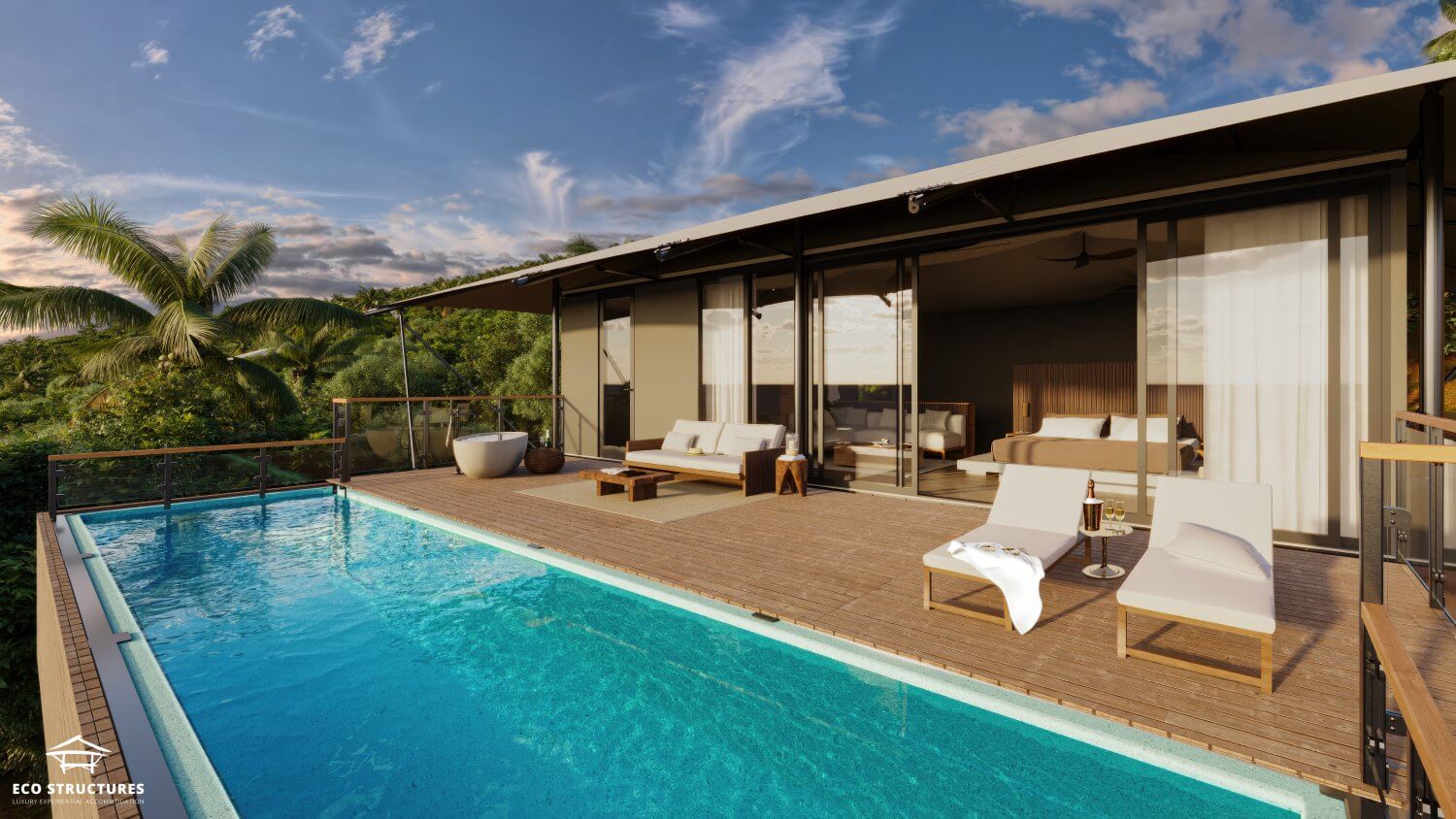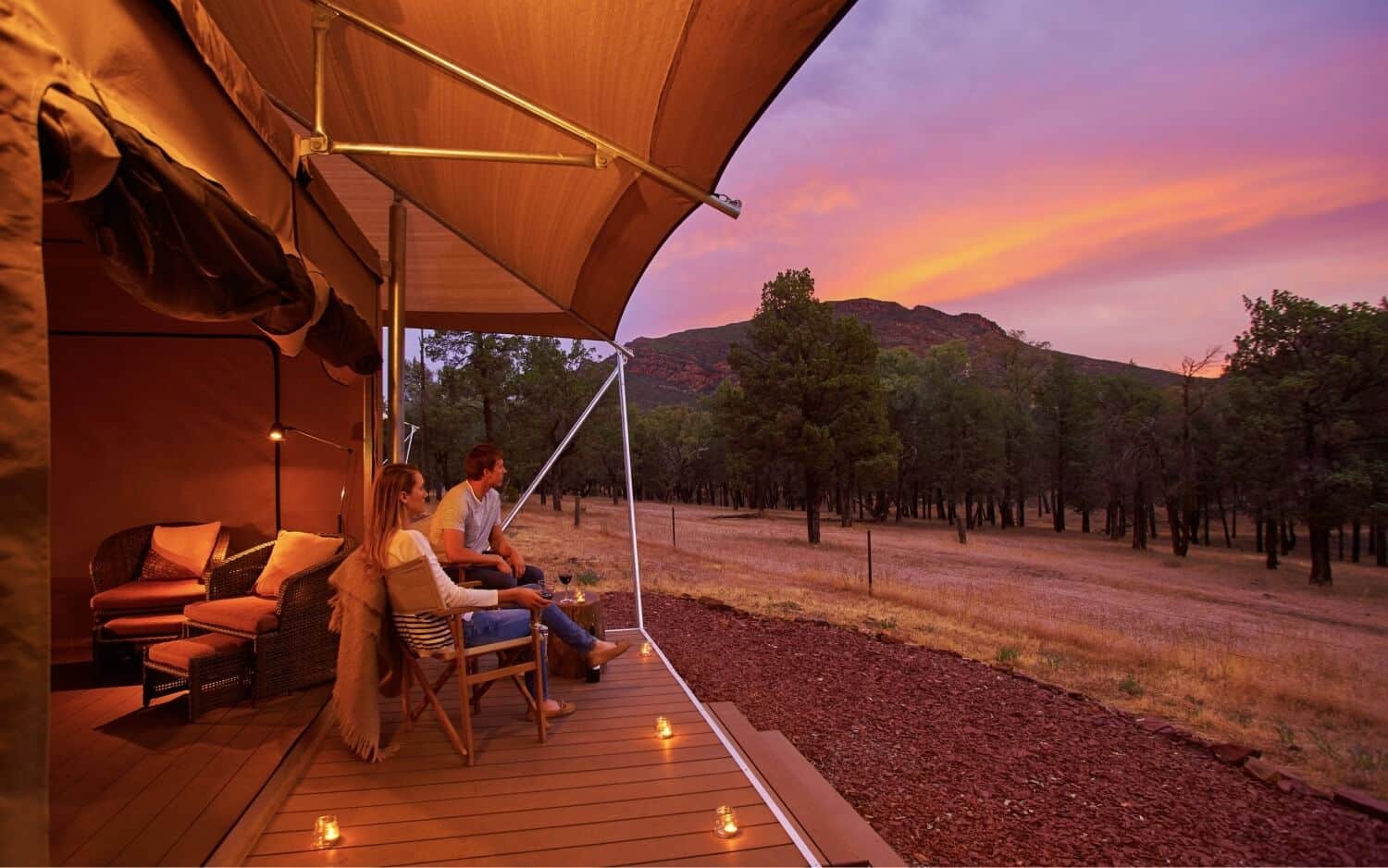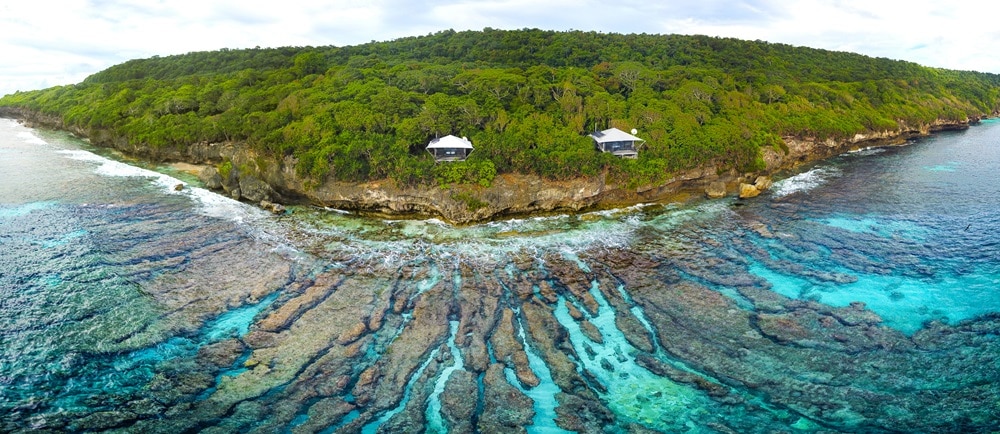Australia’s Evolving Glamping Industry
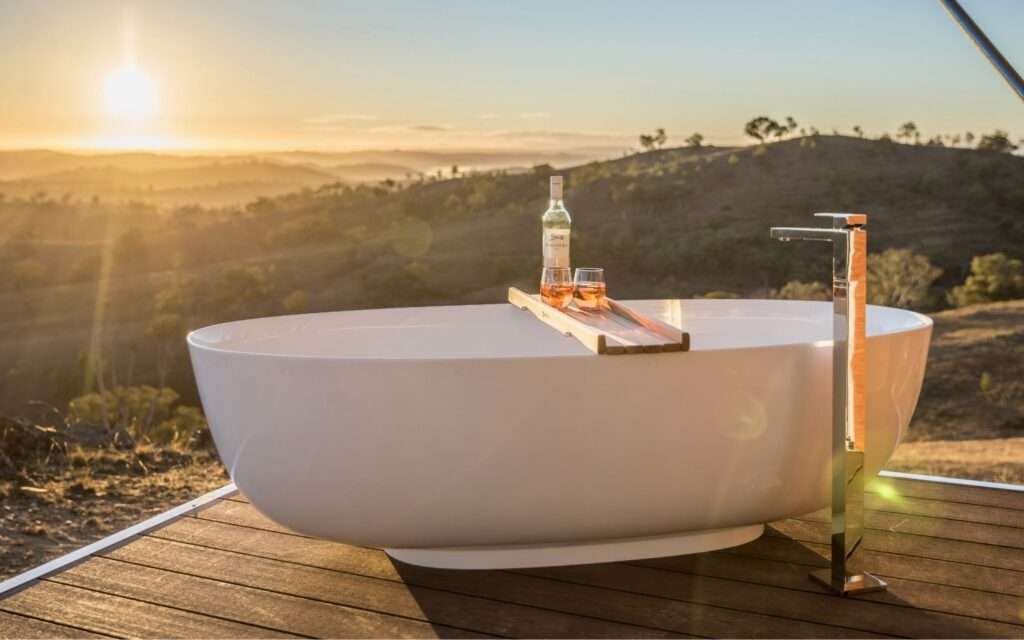
Recently published in International Glamping Business Magazine.
International Glamping Business Publisher Steph Curtis-Raleigh catches up with Eco Structures Australia International Sales Manager, Tom Butterfield to learn about the Australian Glamping industry.
For an introduction to the Australian glamping sector, there’s no better place to start than with Eco Structures – the Australian company that designs, manufactures and supplies cost-effective, environmentally sustainable glamping accommodation, which it exports all over the world.
For Tom Butterfield, however, there has never been a more exciting time to look at the domestic market.
“The changing face of glamping in Australia, is dynamic and intoxicating!” he says. “Its recent surge in popularity is challenging the essence of how people travel and interact with our unique landscape,” says Tom, “It has created a new genre for tourism, and we think, it’s only the beginning! I can still recall, that less than a decade ago, people hadn’t even heard of the concept of glamping! Today, it’s been embraced, wholeheartedly and we’re proud to be a part of it.”
According to Tom in recent years, the local industry has become more closely aligned with the global trends, and the concept of ‘adaptive glamping’. “For example – we’re starting to see the emergence of Airstream caravans, sea containers, tiny houses and cabins, among other, new initiatives. With this, we’ve started pushing design,” he adds.
The expansion of glamping in regional areas is also adding enormous value to local tourism and a fantastic flow-on effect for country towns. “People are starting to exclusively select ‘Glamping holidays’, over hotels and more traditional forms of accommodation – which is exciting for us and the industry as a whole,” says Tom.
Finding the ‘average’ glamping site is no easy task. Part of what makes glamping such an exciting industry is that each site is unique, with owners all having their own ideas on what makes the dream glamping experience. However, Tom is finding that on average, Eco Structure Australia’s clients create a site with around three to five tents and have opted for a sea or tree views.
“Anything over six tents, starts to become more challenging, from an operational perspective. We also find that a layered approach provides owners with more flexibility for their business, budget and lifestyle,” says Tom.
An inspiring success story is Sierra Escape in Mudgee, New South Wales. A spectacular location and breathtaking retreat. It’s hard to believe that the business started out, with just one tent! After achieving return on investment in the first 12 months, the owners quickly ordered more. The retreat, now boasts five eco-tents, operates at around 97% occupancy and is booked out six months in advance.
“We love hearing these stories and working with our clients, to help them reach their full potential,” says Tom.
Although people glamp for the sense of adventure and relaxation, Tom believes that it’s the design and provision of facilities, that make all the difference. “A quality bathroom and en-suite, are fundamental. We know from experience, that you can achieve up to 30% more on your nightly room rate, if you have an en-suite. Kitchenettes are another must, even if your business has a central facility, people like flexibility.
“Whether it’s to chill their wine, make a coffee, or fix a cheese platter, choice is key. Also, our clients want to be able to operate 12 months of the year. The easiest way to do this, is to have both heating and cooling. So, we find if power is available, reverse cycle air conditioners are a must. Finally, you need a big comfortable and luxurious bed. There is never a good review, unless your guest enjoys a good night’s sleep!”
Eco Structures Australia’s Eco Tents are designed with the ability to be transformed into a Cabin/ Chalet, to reflect customer preferences and market demand. “Australia is a diverse and expansive terrain, with changing climatic demands and challenges. As a result, we have developed a durable ‘low to zero’ maintenance product, to ensure that clients can focus on day-today operations and not have to undertake excessive maintenance duties. We custom design our products, to suit the unique environments, in which they are placed,” says Tom.
The most popular times of year to go glamping differ from country to country. High season in the UK for example starts in June, with Summer, and lasts until early autumn in September. However, Australia’s seasons are at opposite times to those in the northern hemisphere with summer occurring from December to February.
“Currently, glamping is so popular, that there is really no high or low season. Given the unique locations and facilities on offer, we find that people are keen to ‘glamp-it-up’, at any time of the year across the country. For example, here in Perth, the high season is summer – and low season, winter. However, just three hours away, in the south-west, we have the renowned Margaret River Wine region, which offers an all-year round tourism season. With its pristine beaches, vineyards, restaurants, walks and world-famous surf location – there is something for every season. Although, nothing beats sitting by a fire, sipping local red wine – after a day of touring through the vineyards. Now, that’s my kind of glamping!”
As for average length of a stay at a site, “Most businesses will offer minimum two-night stays through the weekend. Over an average I would say 1 – 2 nights,” says Tom
Last year, Covid 19 affected industries all over the world and in many places, brought tourism to a halt. At the time, Australia was also dealing with an unprecedented season of bushfires starting in June 2019 and continuing until March 2020 when they were extinguished or contained. With both bushfires and Covid 19 continuing to be a threat, preventative measures are incredibly important.
“Like everywhere, strategic bushfire management is a top priority and taken very seriously, by the industry as a whole,” says Tom, “For us, no project gains approval from the local Shire, without a ‘Bushfire Attack Level Assessment’, ‘Bush Fire Management Plan’ and ‘Bush Fire Evacuation Plan’. It’s inherent to our foundations and everything we do. For CV19, our industry adopts best practice procedures aligned with State and Federal hospitality and accommodation requirements. We think, it’s important to adopt a collaborative industry approach and to work closely, with all of our business and tourism partners, to ensure that we’re achieving best practice.”
With the worst behind us, Tom is excited for a return to business as usual, “Despite the challenges, we can comfortably say, that we’re currently in a tourism and glamping boom. We are 100% committed to working closely with our clients, to ensure that we are delivering outstanding travel experiences for all, in a safe and considered environment.”
As has been seen in other countries, the fall in international tourism has led to a rise in domestic travel.
With the unpredictable rules surrounding international travel frequently changing, more and more people are instead opting to explore the countries that they live in, in new and exciting ways, “We’re finding, that even prior to the CV19 pandemic, domestic or international visitors, were seeking travel experiences away from the bustle of city life. That said, with our international borders firmly closed for the time being – the pandemic has created the ‘perfect storm’ for the Glamping industry.
The desire to travel in the great outdoors, has resulted in a domestic tourism boom. This spirit of adventure to ‘travel in your own backyard,’ is evident all over Australia and supported by fantastic tourism campaigns. If Aussies want to get out of the city, then they now need to book 6-12 months in advance. Our own Eco Beach Resort, for example, doubled its bookings in 2020 – and is already on track to repeat this, for 2021.
